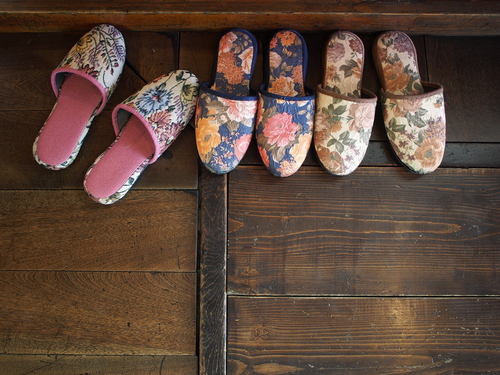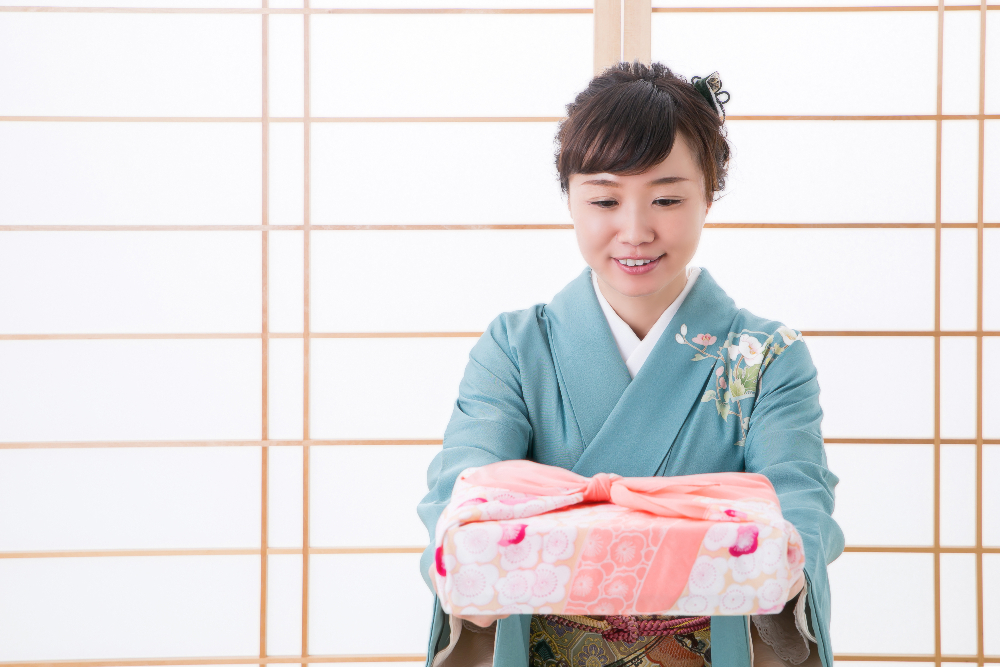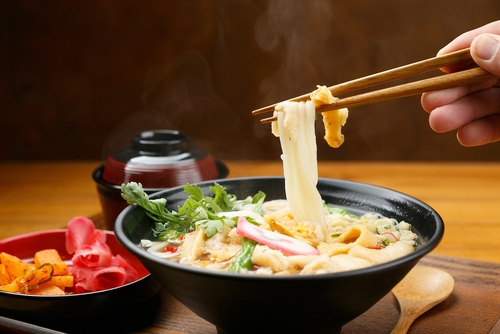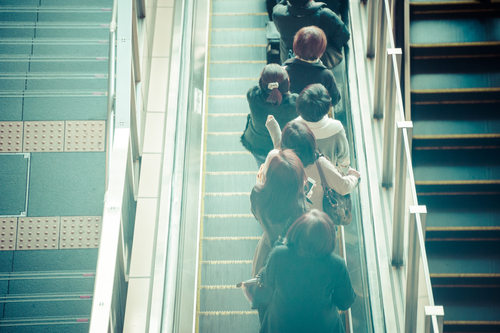Japanese customs to know before your visit
Updated October 31, 2024
Having good mannerisms is highly regarded in Japanese culture. Respecting the societal expectations for behaviors and understanding cultural norms can ensure that misunderstandings are minimized. Here is a small list of some important and possibly unexpected customs you should know to be better prepared so that your trip to Japan can go more smoothly.
While it is important to relax and enjoy your time, I believe that before traveling, it is a courtesy and form of respect to the country and culture you are visiting if you take the time to learn a little bit about the country, their customs, and social etiquettes beforehand. It not only makes for a more responsible traveler, but I also think it helps to avoid awkward social situations. ;)
1. When entering a household, take off your shoes
This may be one of the better known customs of Japanese culture, but it still might seem strange to those who aren't used to it. It is considered polite to take off your shoes at the entrance, genkan, before entering a Japanese household. Shoes that are worn outside are considered dirty and not something to be brought into a house. Instead slippers are usually provided for inside the household, and it is generally considered polite to use them. This custom also holds true when visiting places like shrines, temples, ryokans, and some restaurants. Also something to note is that when putting on these slippers, it is more favorable to wear socks with it as well, especially in religious or historical buildings. The exception to this is in rooms with tatami mats, where shoes and slippers are altogether usually not allowed, and are usually only walked upon with socks or bare feet. When visiting Japan, this is most likely one of the most common situations that you'll encounter so this is a good one to keep in mind.

2. Gift-giving
Another rule foreigners should know is the etiquette regarding gift-giving. It is considered polite to bring over a small gift when visiting another person's household. In a home-stay situation, it is nice to bring over a gift from your home country that they can enjoy, and it is polite to present the gift with two hands. They do not have to be elaborate, expensive gifts. Instead, something thoughtful or edible are often good gifts to give. Gifts with the number four or nine are usually avoided as this is considered a negative omen because the number four is associated with death and suffering respectively.

3. Dining
Although eating may seem universally the same, there are certain practices done that are considered polite. Before starting your meal, it is customary to say itadakimasu, which roughly translates to "let us eat" and after finishing your meal, gochisousamadesu or thank you for the meal, is said. When dining out, tipping is not usually done and can be considered rude. Gochisousamadeshita is said before leaving, which is the polite and more formal way of saying thank you for the meal. Slurping noodles and some soup is not usually considered rude, rice is usually eaten without sauce, and chopsticks are never stuck into rice. Furthermore sharing food, chopstick to chopstick is another faux pas that should be avoided as passing things chopstick to chopstick is associated with a traditional funeral practice.

4. Greetings
While the common Western way to greet someone is with a handshake, in Japan the common way is to greet someone with a bow. The deepness of the bow differs upon formality. The more formal the setting or the more respect you want to show, the deeper the bow usually is. Furthermore bows are different based upon whether giving a greeting or giving an apology. Although the level of deepness within a bow indicates different things, foreigners aren't usually expected to know these things.

5. Escalators
One of the final etiquette rules visitors should know might seem like a tedious rule. However, since for many business people, the commute to work is fast-paced and chaotic, especially within train stations, the etiquette regarding escalator riding is an important one. Those who are riding are supposed to stand on the left side so that those in a hurry can pass by on the right. However with a rise of escalator accidents, this practice is being less encouraged by officials. But for the many Japanese people who will continue to follow this, it is being recommended that the railing be held onto while riding or walking up escalators.

Join our newsletter to get updates!

